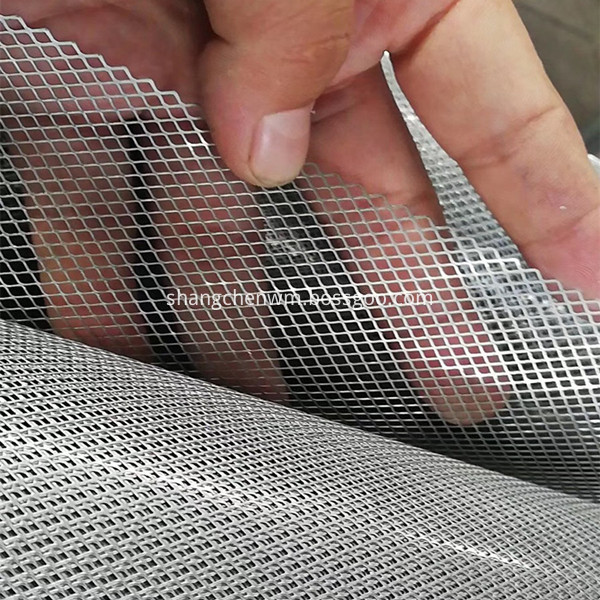Hericium erinaceus, commonly known as the lion's mane mushroom, is a rare and highly prized edible fungus that once thrived in the wild, hidden deep within forests. Its fruiting body has a unique, round, and thick appearance, often growing on tree trunks with needle-like spines, giving it a look similar to a monkey's head. Known for its tender texture, rich flavor, and aromatic qualities, this mushroom is considered a delicacy with superior taste and fragrance.
Rich in nutrients, Hericium erinaceus contains valuable peptides, vitamins, and minerals. Scientific studies have shown that it offers various health benefits, including tissue repair, enhanced cellular vitality, anti-cancer properties, and support for longevity and beauty. Due to its mild and mellow flavor, it is often referred to as "a prime ingredient" in gourmet cooking. It can be prepared in many ways—stir-fried, braised, stewed, or steamed—and is especially popular when combined with white fungus in a nourishing soup. After cooking, the broth becomes sticky, pale pink, and smooth, making it ideal for consumption before bedtime to improve sleep quality, boost immunity, and enhance overall vitality.
As a versatile and easy-to-cultivate fungus, Hericium erinaceus is often called the "mountain treasure." It contains 16 essential amino acids, along with various vitamins and minerals. The optimal growth period is typically from September to November, and due to its simple cultivation process, high economic returns, and strong market demand, it is an excellent choice for small-scale or home-based farming, even under basic conditions.
To begin cultivation, selecting the right materials is crucial. Hericium erinaceus can grow on a variety of substrates such as cottonseed hulls, sawdust, corn cobs, soybean stalks, and straw. Adding supplements like rice bran, corn flour, or other organic matter helps improve yield. A small amount of phosphorus, potassium, and magnesium can also enhance growth. Local farmers can tailor their formulas based on available materials:
1. 78% wood chips, 20% rice bran, 1% sugar, and 1% gypsum.
2. 90% cottonseed husks, 1% gypsum, and 1% white sugar.
3. 80% corn cobs or soybean meal, 18% wheat bran, and 1% sugar.
Mix all ingredients thoroughly to achieve a moisture content of around 60%, with a pH between 4 and 6. Ensure the materials are fresh, free from mold, and properly mixed. The mixture should be filled quickly and sterilized as soon as possible.
Choosing the right season is important. The mycelium grows best at around 25°C, and the incubation period lasts about 30–40 days. The fruiting bodies develop best between 16–20°C, and each crop cycle takes roughly two months, allowing for up to three harvests per year. Farmers should adjust planting times according to local climate conditions.
Once the mycelium has fully colonized, fruiting bodies will begin to form. At this stage, proper management is essential. Maintaining suitable temperature, humidity, light, and air circulation is key to ensuring healthy growth and high-quality yields.
When the mycelium reaches half the container, small mushrooms will start to appear. For bottle-grown mushrooms, remove the tampon or open a 2 cm hole in the plastic film. For bag-grown mushrooms, remove the collar or peel back the tape and cover with a thin layer of plastic. Tilt the plastic every 2–3 days to encourage bud formation. When the buds reach 2–3 cm in diameter, remove the covering.
Temperature and humidity control are critical. The ideal room temperature is between 12°C and 20°C, with 18°C being most favorable. Maintain air humidity at 85–90% by misting the room 3–4 times daily. In hot weather, use cooling methods like shading, ventilation, and increased watering. In cold weather, ensure proper heating and insulation.
Good ventilation is essential for healthy fruiting bodies. Fresh air promotes larger, denser, and whiter mushrooms with better commercial value. Poor ventilation can lead to low yields and deformed fruiting bodies. Open vents regularly, especially during morning and evening hours when temperatures are higher. During colder periods, ventilate during midday to maintain a clean and fresh environment.
Light is another important factor. While Hericium erinaceus can grow in darkness, too little light may result in abnormal growth. Strong light, however, is not beneficial. A moderate light level of 2000–3000 lux is ideal. Mushroom houses should have some natural or artificial light, but not direct sunlight.
With proper care and attention, Hericium erinaceus can thrive, offering both nutritional value and economic potential. Whether grown commercially or at home, this remarkable mushroom continues to gain popularity for its unique flavor and health benefits.
Expanded Metal
Expanded Metal
Expanded metal also named diamond metal mesh, that uses the high quality low carbon steel plate, aluminium plate, stainless steel plate, galvanized steel plate, nickel plate, titanium plate, lead plate and so on be punched to mesh. Expanded metal mesh including: standard expanded metal, flattened expanded metal, architectural expanded metal, micro expanded metal, ribbon expanded metal, custom fabricated expanded metal.
The surface treatment of expanded metal sheet: PVC coated, galvanized, anodizing, antirust painted
The material: high quality low carbon steel plate, aluminium plate, stainless steel plate, galvanized steel plate, nickel plate, titanium plate, lead plate
The uses of expanded metal panel: Filter Mesh, Filter Cartridge, platforms, catwalks, walkways, decorative building, rail enclosures, conveyors, etc
The advantages of expanded metal:
beautiful, strong and durable
uniform mesh, smooth surface, high friction coefficient and strength
easy cutting and process
The mesh is firm
shockproof
resistant to high temperature
no deformation, no rust
non-toxic and tasteless
easy to use

Expanded Copper Mesh,Copper Expanded Mesh,Decorative Expanded Mesh,Stainless Steel Expanded Metal
ANPING COUNTY SHANGCHEN WIREMESH PRODUCTS CO.,LTD , https://www.scwiremesh.com
